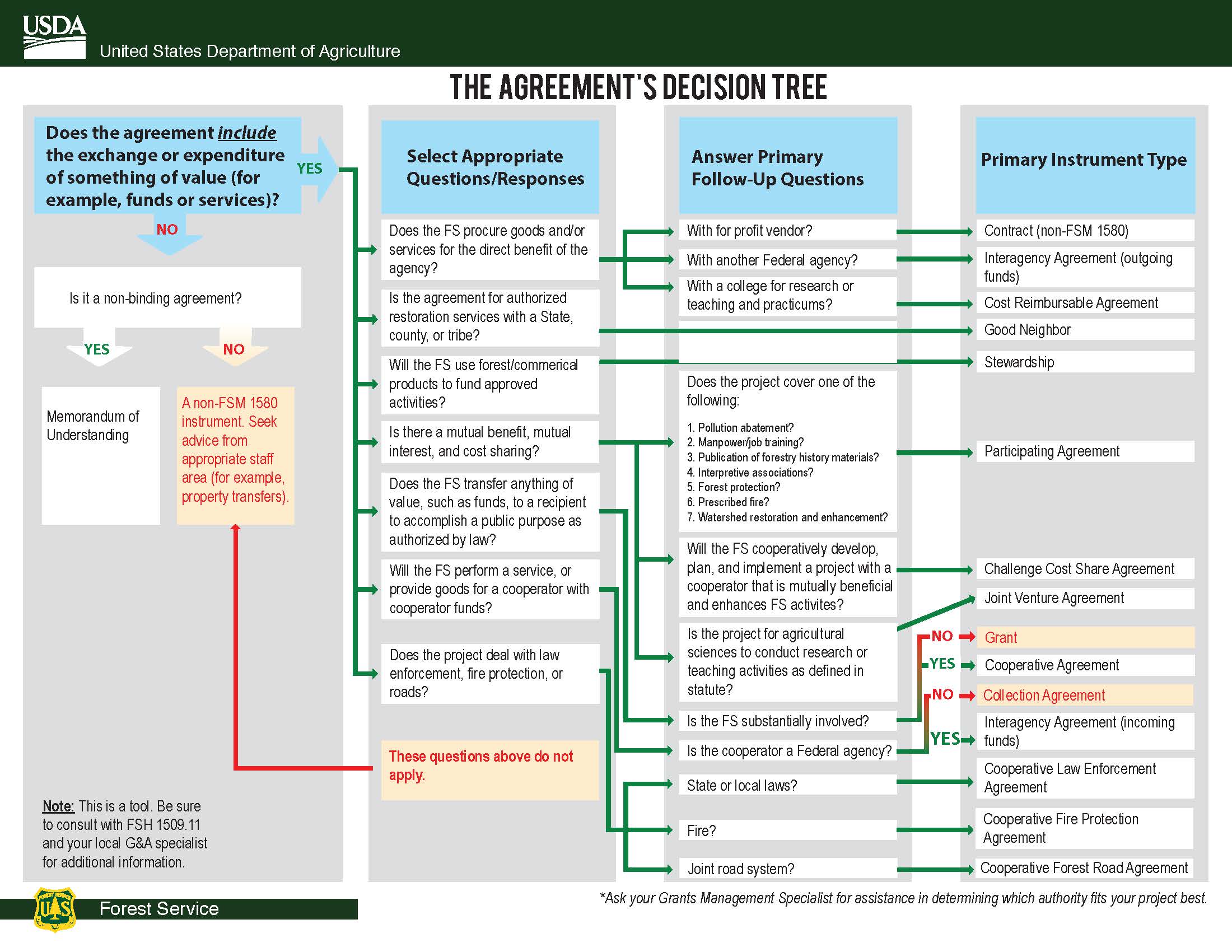This cool table is more relevant to the previous post.
This is about needing matching contributions to receive grants. Chief Moore has changed the policies since many of us might remember based on this 2022 letter.
Partnership grants and agreements are a key tool to facilitate this collaboration: the Forest Service currently has more than 3,500 partnership agreements reflecting the power of partnership and one of our agency’s core values—interdependence.
To better enable our work with partners, the Forest Service took a hard look at our grants and agreements process and found that, in some cases, policy requirements for cash matching or substantial cash contributions have impeded expanding work with partners at the scales needed, including for wildfire risk reduction and implementing Bipartisan Infrastructure Law funding. In some cases, this has created insurmountable barriers for current and potential partners and Tribes to contribute their expertise and capacity in shared service to the health and resilience of America’s forests and grasslands.
Therefore, we are taking a number of actions to modernize our approach to partnerships and make partnering with the Forest Service easier, more accessible and more equitable.
First, I am directing that all the valuable contributions a partner may bring to our relationship be considered, some of which we may have been overlooked or undervalued in the past. In addition to financial resources, volunteer and other in-kind support, these contributions include access to networks and communities that are underrepresented or underserved or increase social license to support critical work; indigenous traditional ecological knowledge; creativity and innovation for effective public outreach and education; experience in managing work projects; and capabilities for project design and management and for subject matter expertise that complement the skills of agency employees or fills a gap in agency capacity.
Second, a policy determination from the early 1990s led the Forest Service to require a separate substantial cash contribution from partners when, as part of an agreement, they contract for goods or services from a third party to complete project-based work. We have no statutory requirement for this practice. Therefore, I am ending this requirement effective immediately.
Third, to live up to one of the agency’s other core values—diversity—I am taking steps to make it easier to partner with tribal governments and partners who work with underserved communities, in recognition of our trust and treaty obligations to Tribes, our commitment to serving all Americans, and the importance of gaining benefit and knowledge through relationships with communities that have been historically underrepresented in our partnerships. Consequently, effective immediately, I am waiving policy match requirements (those not required by statute) for all agreements with tribal governments and creating a process to waive policy match requirements for partners that will serve underserved communities.[1] I also am delegating authority to deputy chiefs, regional foresters and station directors to approve reduced policy match requirements on a case-by-case basis to as low as 5% based on the need and capability of a partner.
I am also directing that agency staff identify and use flexibility where allowed by statute to apply the intent of this direction to statutory match requirements, including for State and Private Forestry programs and International Programs where appropriate. A cross-deputy area team consisting of Washington Office and field leadership will help implement this direction and will develop additional guidance and supportive materials in consultation with the Office of the General Counsel.
I’m a little skeptical of this, “though a) access to networks and communities that are underrepresented or underserved or increase social license to support critical work; indigenous traditional ecological knowledge; creativity and innovation for effective public outreach and education; experience in managing work projects; and capabilities for project design and management and for subject matter expertise that complement the skills of agency employees or fills a gap in agency capacity”
It seems a little like “if we feel like it”. Starting with the last, using experts’ time would be “in-kind contributions” (if not, that’s another problem). Other than TEK, we have “access”, “creativity and innovation” “experience” and “capabilities.” It doesn’t sound like actual… work.
On another note, it seems like it would be important to know if you are serving an underserved community from this letter:
Policy match requirements (meaning any match requirements not required by statute) are waived for all agreements that will serve underserved communities that have been systemically denied a full opportunity to participate in aspects of economic, social, and civic life, as set forth in Executive Order 13985, Advancing Racial Equity and Support for Underserved Communities Through the Federal Government.
I asked at the webinar and the folks there said that the whole USG uses the EJ Screening Tool we talked about here and here. What the Screening Tool does is not what Chief Moore said “denied a full opportunity”, it’s a lot more complicated and includes wildfire risk maps from the First Street Foundation including future climate predictions and hasn’t been ground-truthed. In other words, the maps are questionable at best. On the other hand, if they are going to use them to apply for a grant.. if you get over the fact that the USG is using bogus maps not really fit to purpose…you might be pleasantly surprised by what you find on the map.
